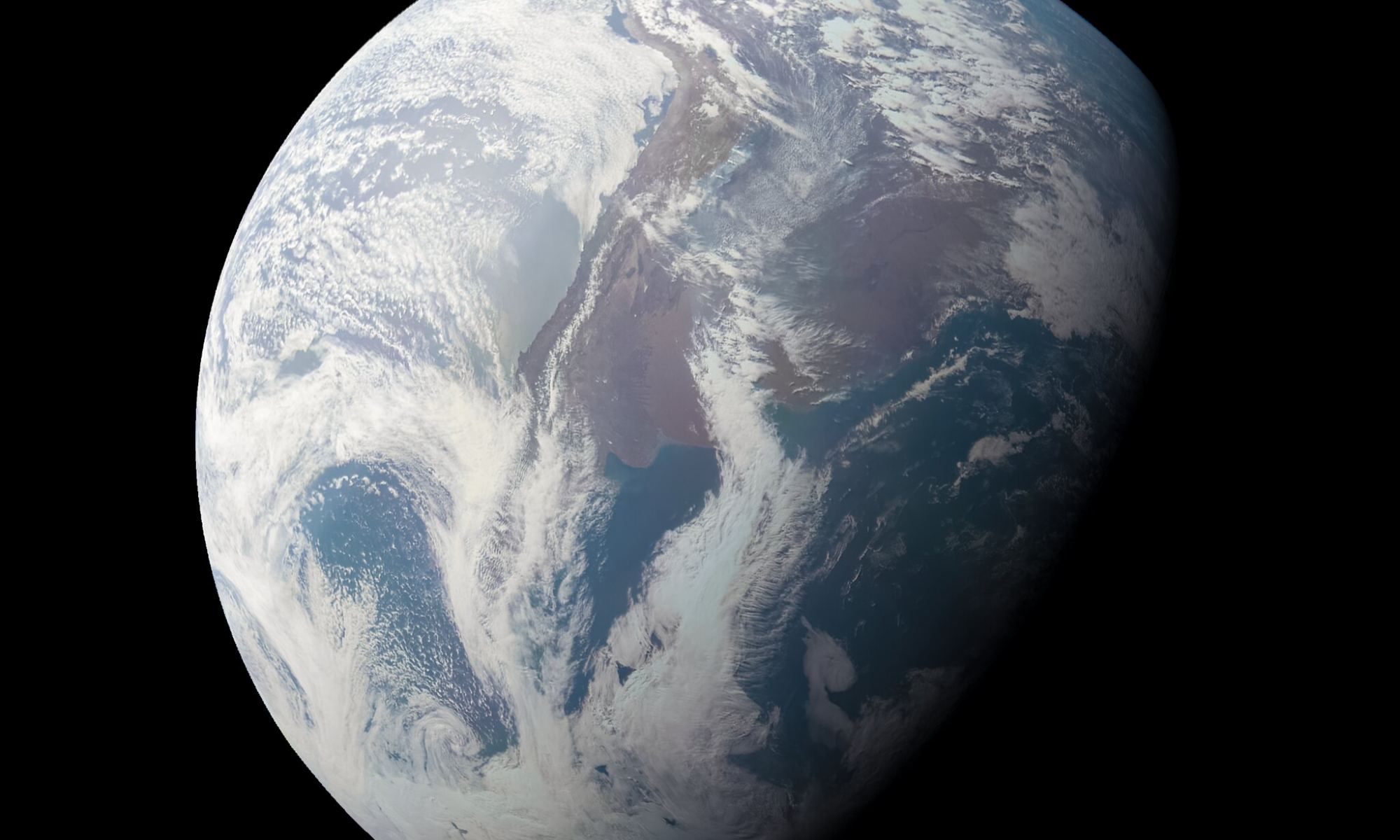To date, astronomers have confirmed the existence of 4,422 extrasolar planets in 3,280 star systems, with an additional 7,445 candidates awaiting confirmation. Of these, only a small fraction (165) have been terrestrial (aka. rocky) in nature and comparable in size to Earth – i.e., not “Super-Earths.” And even less have been found that are orbiting within their parent star’s circumsolar habitable zone (HZ).
In the coming years, this is likely to change when next-generation instruments (like James Webb) are able to observe smaller planets that orbit closer to their stars (which is where Earth-like planets are more likely to reside). However, according to a new study by researchers from the University of Napoli and the Italian National Institute of Astrophysics (INAF), Earth-like biospheres may be very rare for exoplanets.
Continue reading “Most Exoplanets won’t Receive Enough Radiation to Support an Earth-Like Biosphere”
